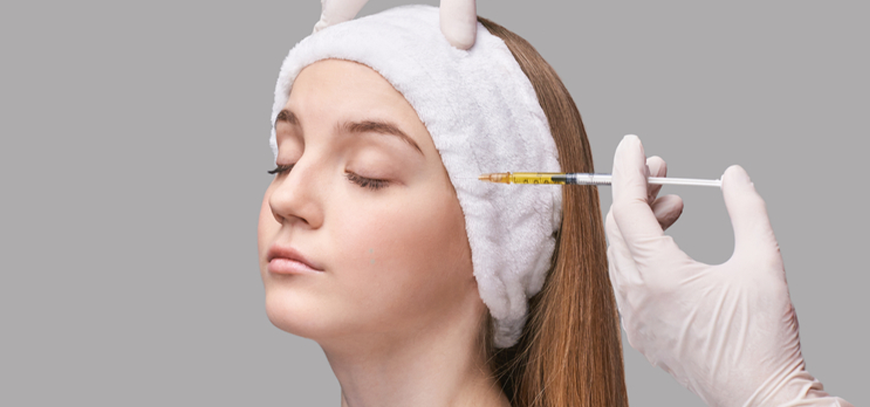Ask the Experts
Face Fat Transfer

Facial fat transfer, more commonly known as fat grafting, is a natural way to restore the appearance of youth to your face without the need for an invasive medical procedure. It starts with the most innovative, non-invasive technique to gently remove fat from a part of the body you’re unhappy with to another, usually the face.
What Can I Expect During Treatment?
On the day of your treatment, we will numb both the donor and recipient fat sites with local anaesthetic . Receiving this type of anaesthetic means you can drive yourself home after treatment. If large volumes of fat are required, we may recommend general anaesthetic or local anaesthetic combined with sedation to ensure your comfort throughout your entire facial fat grafting treatment.
If you receive general anaesthetic , you will not be able to drive within 24 hours of your treatment, we will arrange private transfer to and from the clinic. Once your treatment sites are sanitised, we will inject you with local anaesthetic . Once the anaesthetic has taken effect, we will withdraw fat from your trouble site with a syringe and cannula, which is a very fine tube.
After the fat has been purified, it is injected into your face with a needle. We will remove more fat than is necessary from your trouble site to account for blood volume, damaged fat cells and a percentage of fat that will be metabolised by your body when injected into your face.
Advantages of Facial Fat Grafting
1. Natural-looking results.
2. Contour other parts of your body.
3. No downtime.
4. Long-lasting results.
Your final results will take approximately six months to appear. Once your body heals from the procedure, your skin will mold to the new body shape and contours that have been created through the various aspects of the treatment.
A patient may experience mild pain in the days after a facial fat transfer procedure. However, the pain usually will dissipate within a few days. In some instances, oral pain medication may be prescribed to help a patient alleviate pain following surgery.
fat transfer is a minimally invasive technique that does not require large incisions. There is very little chance it will leave noticeable scarring.
